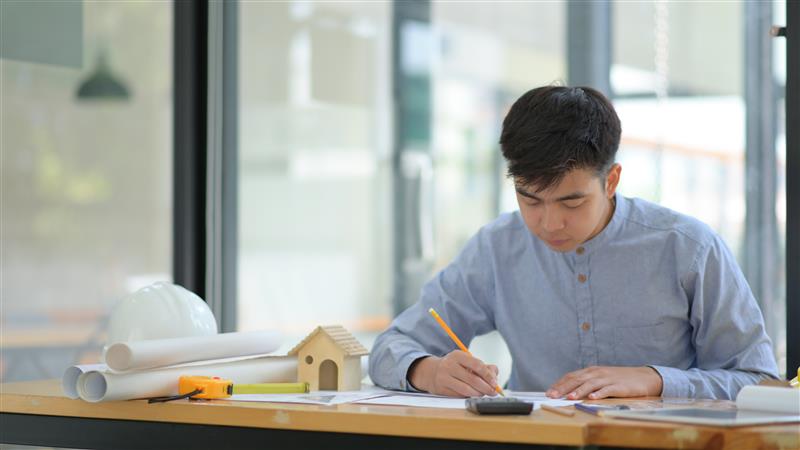November, 2025
Architectural Innovation in Singapore: How Local Firms Balance Heritage and Progress
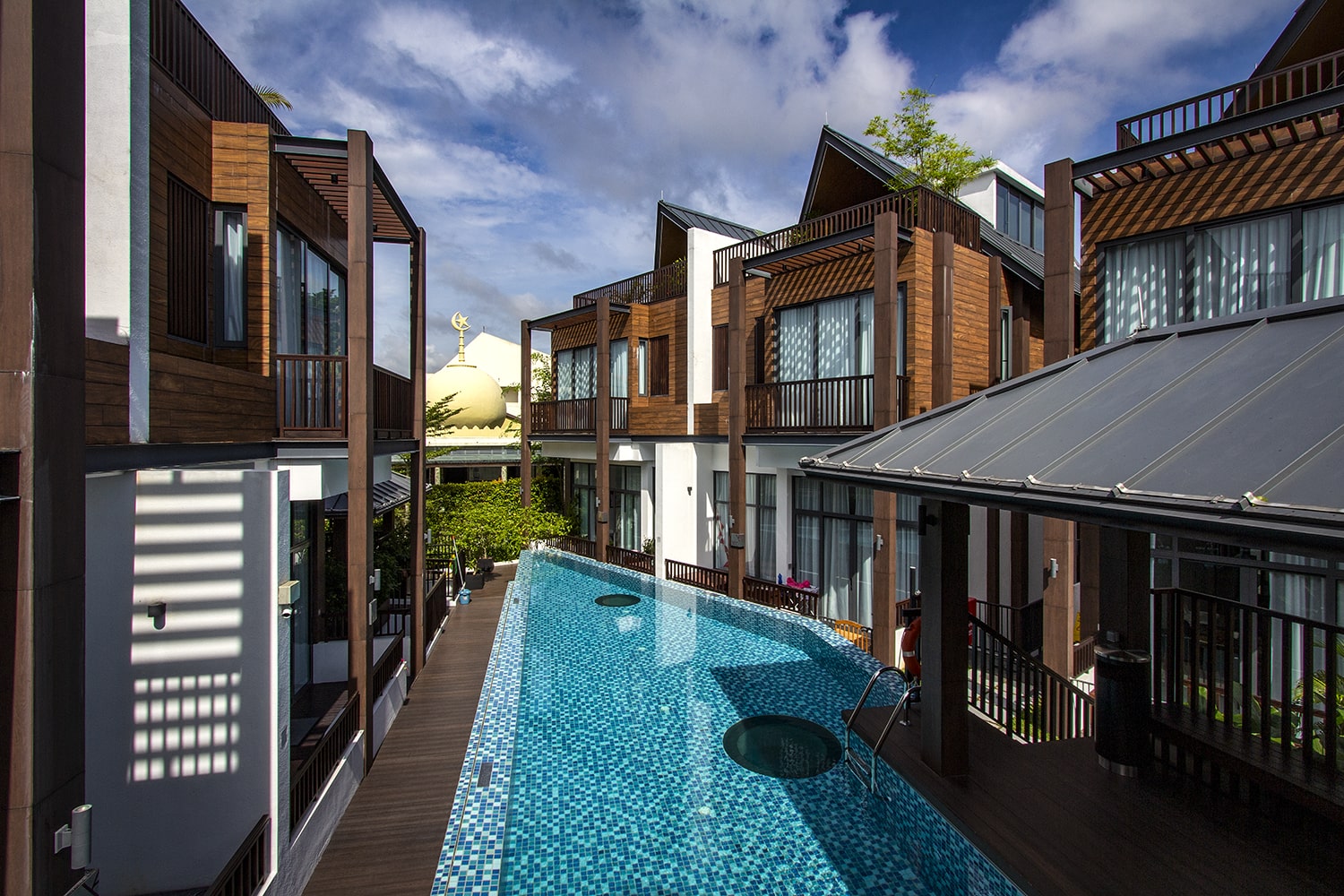
Image by: Amir Sultan
Singapore’s skyline is a powerful visual representation of its journey from a post-independence city finding its identity to a globally admired hub of architectural innovation. Today, the nation’s residential and urban landscapes embody a delicate yet dynamic balance between modern aspirations and cultural heritage. This evolution didn’t happen overnight; it is the result of visionary planning, contextual awareness, and the creative ingenuity of some of the most famous architects in Singapore.
In this blog, we explore the key movements and philosophies that shape Singapore’s built environment and how local firms like Aamer Architects contribute to this ongoing narrative.
Emerging Architectural Movements and Design Philosophies in Singapore
Singapore’s architectural landscape is increasingly defined by contextual responsiveness and sustainability. While bold geometries and futuristic facades still capture attention, the deeper story lies in how homes and buildings respond to climate, culture, and community. This movement toward deeper architectural meaning represents a shift in both form and purpose where the success of a structure lies not just in how it looks, but in how it lives and breathes with its environment.
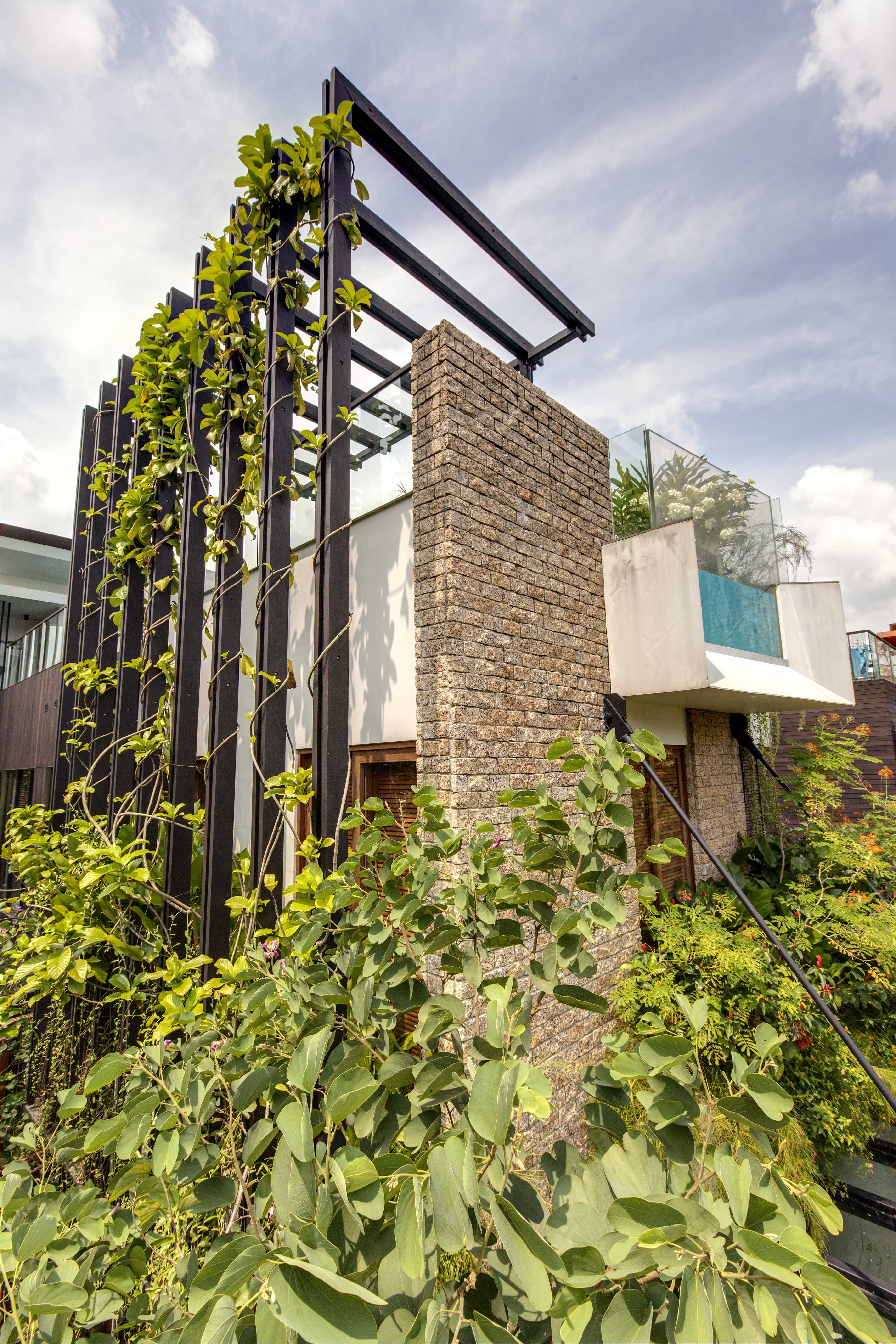
Image by: Sanjay Kewlani
- Tropical Modernism Reimagined
Architects are reviving tropical modernism with a sustainable twist: open ventilation, deep overhangs, and natural materials are combined with sleek lines and minimalist interiors. This approach reduces reliance on mechanical cooling systems while staying true to Southeast Asia’s architectural DNA. Firms like Aamer reinterpret these elements for luxury homes that feel both elegant and climate-conscious. These designs not only respond to Singapore’s hot, humid climate but also add a timeless, resort-like sensibility to daily living. Homeowners enjoy seamless transitions from indoor to outdoor spaces, shaded terraces that act as natural buffers, and building materials that both endure the climate and enhance beauty over time. - Human-Centered Spatial Design
There’s a growing emphasis on how residents interact with space rather than just how it looks. Layouts now prioritise openness, cross-ventilation, and visual connectivity between indoor and outdoor areas. Residential architects are increasingly designing for lifestyle, incorporating pockets of greenery and transitional zones like verandas or courtyards. This movement stems from a deeper understanding of human behavior how light, air, and flow influence wellness and productivity. Instead of compartmentalised rooms, modern homes now emphasise flexibility and fluidity, encouraging family interaction and a deeper connection with nature. - Nature-Integrated Architecture
Singapore’s “City in a Garden” vision inspires designs that blur the line between structure and nature. Rooftop gardens, vertical greenery, and indoor-outdoor hybrid spaces are becoming staples in modern homes. Aamer Architects frequently integrates landscaping into facades and courtyards, creating homes that breathe with their surroundings. These green elements are not mere decoration; they actively cool the building, support biodiversity, and bring psychological benefits to residents. The result is architecture that feels alive, constantly shifting with the seasons and the rhythm of daily life.
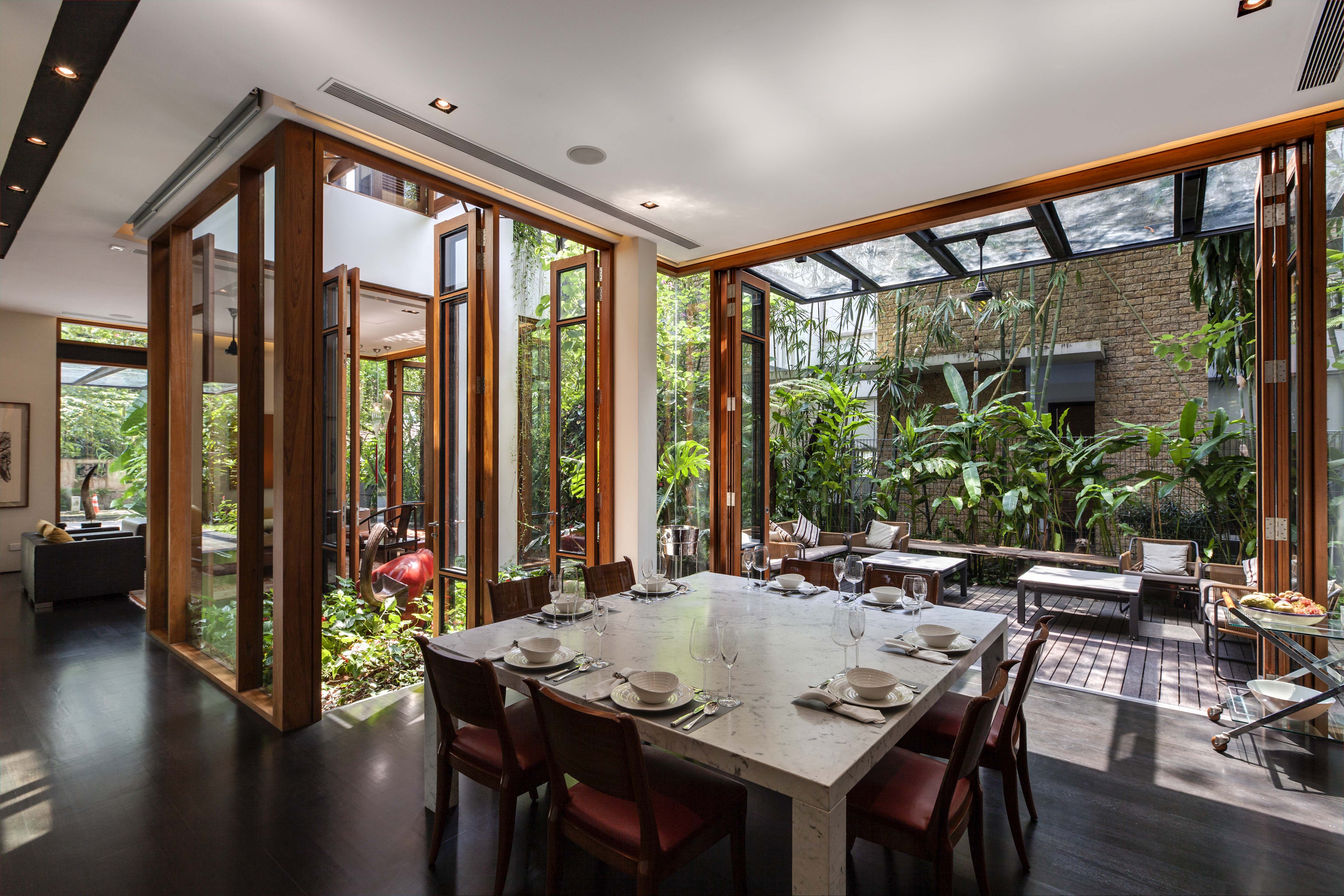
Image by: Sanjay Kewlani
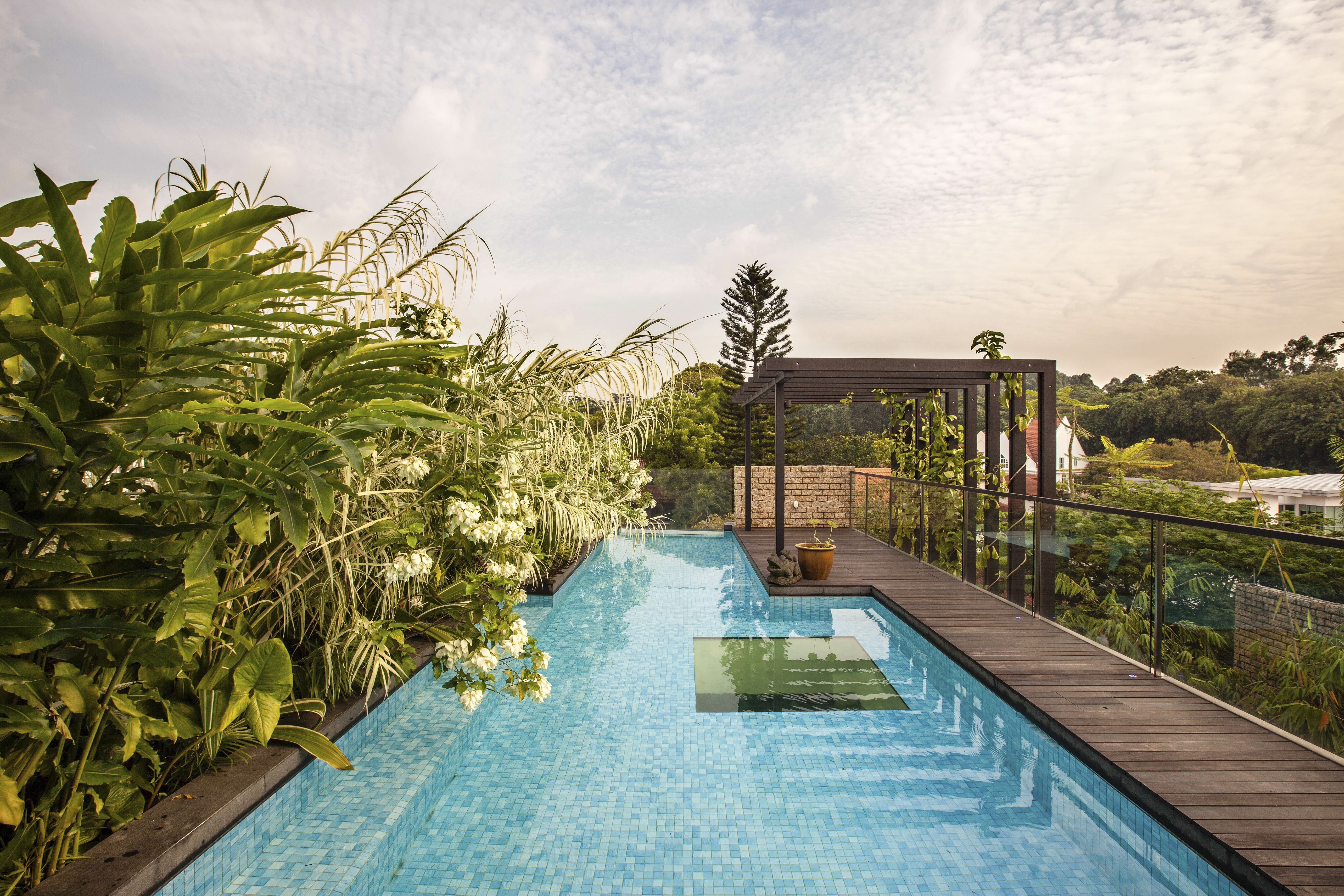
Image by: Sanjay Kewlani
Integration of Global Design Trends with Local Environmental and Cultural Needs
Singapore architects don’t just follow global trends they adapt and reinterpret them through a local lens. Whether it’s minimalist Japanese aesthetics or Scandinavian functionality, the focus remains on maintaining harmony with the region’s weather, social norms, and lifestyle patterns. The genius lies in selecting what resonates globally and reshaping it to meet the unique requirements of a tropical, multicultural society.
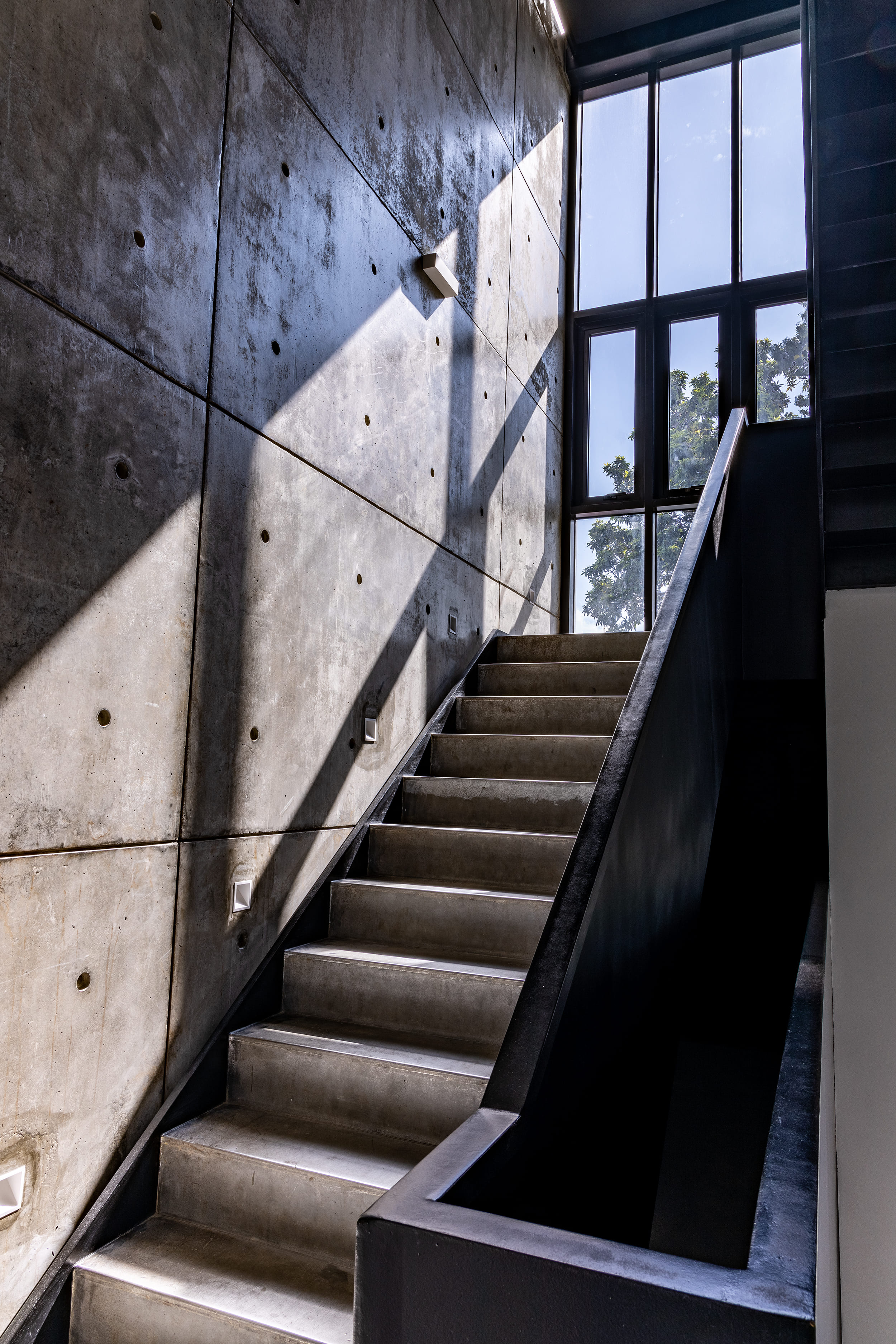
Image by: Amir Sultan
- Adaptive Minimalism
While minimalism is global, Singaporean versions often include materials like timber, stone, and terrazzo that can withstand humidity and wear. Clean lines and clutter-free interiors are balanced with tactile, earthy finishes.
The result is minimalism with a soul perfect for tropical living. Homes feel calming and grounded without being cold. This nuanced version of minimalism doesn’t sacrifice personality; instead, it draws richness from texture, craftsmanship, and spatial flow. - Passive Cooling Techniques
Inspired by both modern science and traditional Southeast Asian homes, passive cooling remains a key design goal. Orientation, shading, and cross-ventilation are prioritised over full-glass facades that trap heat.
Aamer Architects often uses screens, breeze blocks, and courtyards to create a natural microclimate within homes. These thoughtful interventions lower energy consumption and promote healthier indoor environments. In a city that balances urban density with green ambition, such sustainable strategies are vital to the future of residential design. - Respect for Cultural Norms
Singapore homes often include considerations for multigenerational living or cultural practices like feng shui. These cultural overlays don’t clash with modern design instead, they’re integrated subtly into spatial planning and material choices.
For example, placement of staircases, thresholds, or water features can reflect both aesthetic and symbolic functions. These elements serve not just form and function but also emotional and spiritual well-being. They represent a quiet but powerful acknowledgement of the values and rituals that shape the Singaporean way of life.
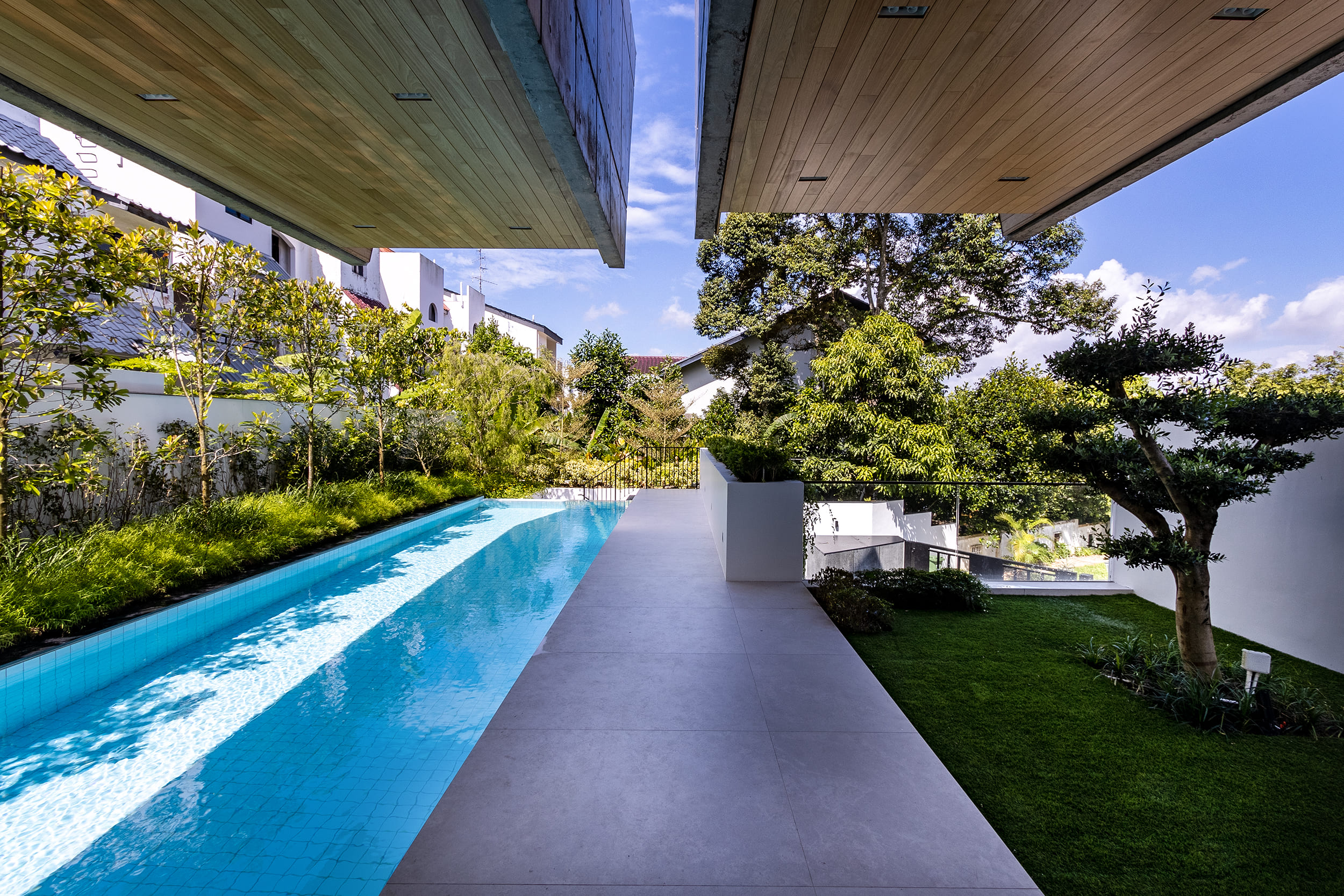
Image by: Amir Sultan
Strengthening Singapore’s Architectural Identity as a Regional Design Leader
Singapore has become a model for progressive yet grounded architectural innovation in Asia. What sets the nation apart is how it merges tradition, technology, and talent particularly through its community of homegrown firms.
This regional leadership isn’t just about skyline appeal, it’s about designing livable, meaningful spaces that inspire, nurture, and endure.
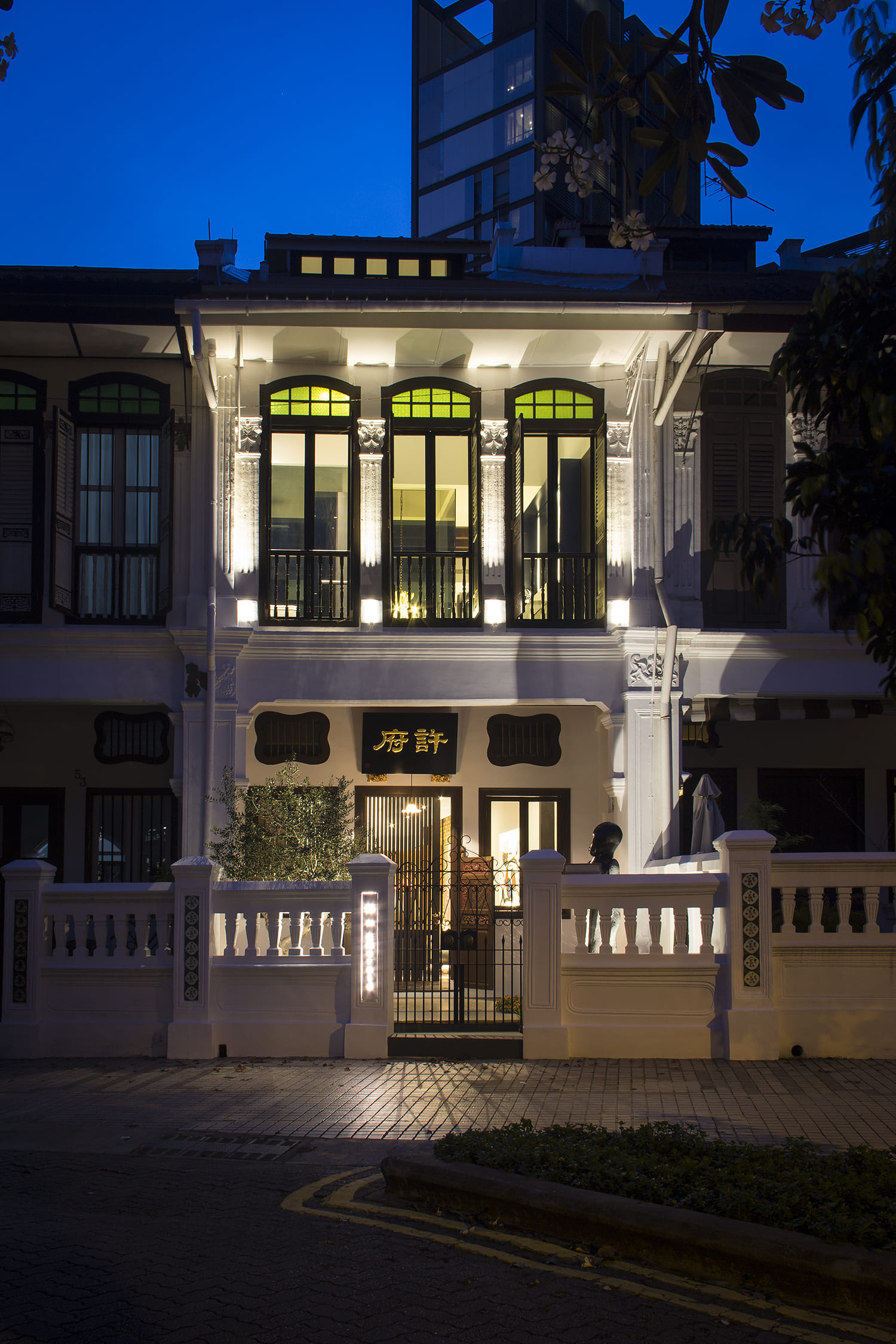
Image by: Amir Sultan
- Celebrated Local Architects
Famous architects in Singapore such as Aamer Taher, Mok Wei Wei, and Tan Kay Ngee have each contributed to a distinctive regional vocabulary. Their work has gained attention for interpreting Asian values through contemporary forms.
Aamer’s signature use of curvatures, natural materials, and contextual sensitivity has made him a standout in residential design. His projects often read like poetry in built form each line and contour speaking to both place and person. - Architecture as Cultural Storytelling
Many residential projects now act as narratives interpreting history, culture, and landscape into a cohesive whole. Whether through material use or symbolic geometry, homes are no longer just shelters; they’re stories etched in concrete and glass. This emotional depth elevates Singapore’s design scene beyond technical proficiency into artistic expression. It’s a reflection of how architecture in Singapore aspires not only to function but also to connect, communicate, and celebrate identity. - Mentorship and Next-Gen Talent
Firms like Aamer are also shaping the next generation of architects by fostering experimentation, sustainability, and contextual thinking. This mentorship strengthens Singapore’s position as an incubator for design innovation. Young architects are encouraged to push boundaries, explore hybrid typologies, and question conventions yet they do so standing on the foundation built by established names. This continuity ensures that Singapore’s architectural evolution remains dynamic, relevant, and deeply rooted in its values.
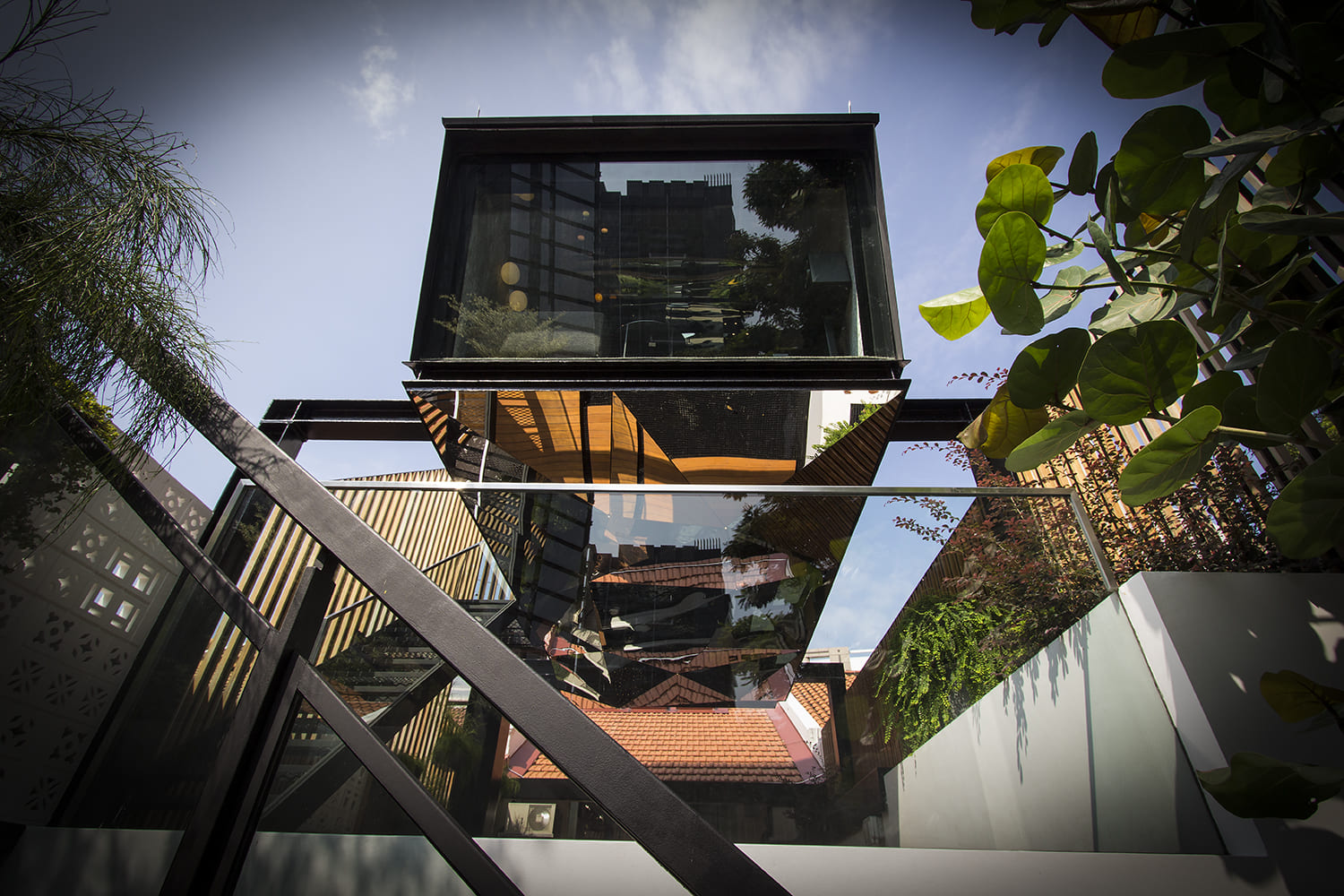
Image by: Amir Sultan
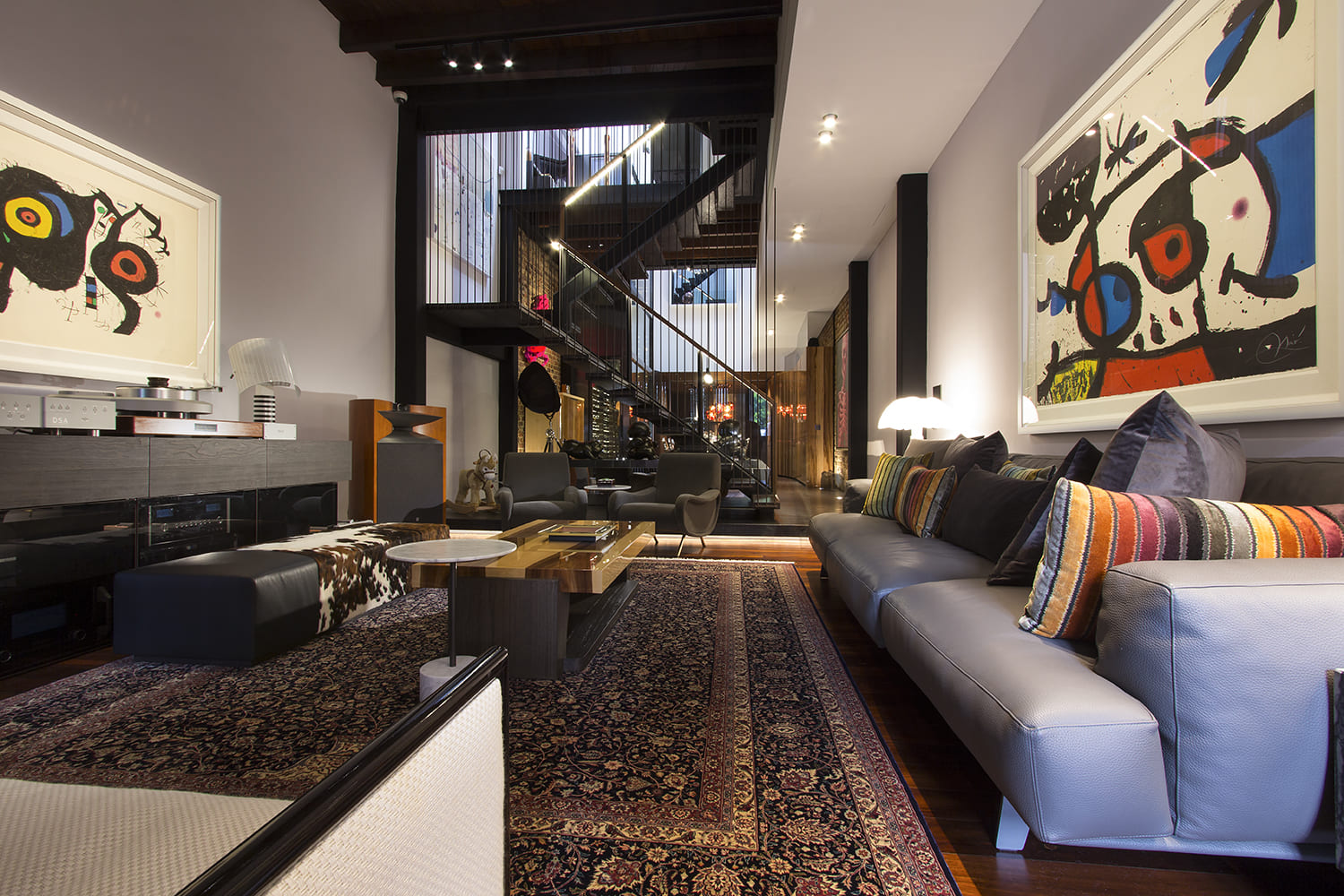
Image by: Amir Sultan
Discover Aamer Architects
Singapore’s architecture doesn’t choose between tradition and innovation; it celebrates both. By grounding futuristic designs in environmental wisdom and cultural awareness, the nation has developed a design language uniquely its own. From HDBs to bungalows, every building is a reflection of how far the country has come and how consciously it moves forward.
At Aamer Architects, we don’t just design homes, we craft experiences that celebrate nature, heritage, and lifestyle. Whether you’re inspired by tropical modernism, minimalism, or something entirely personal, we help bring your vision to life with contextual sensitivity and design excellence.
If you are inspired by our work and ready to bring your dream home to life, we’d love to hear from you. Contact us today and let us craft an extraordinary house together for you.


